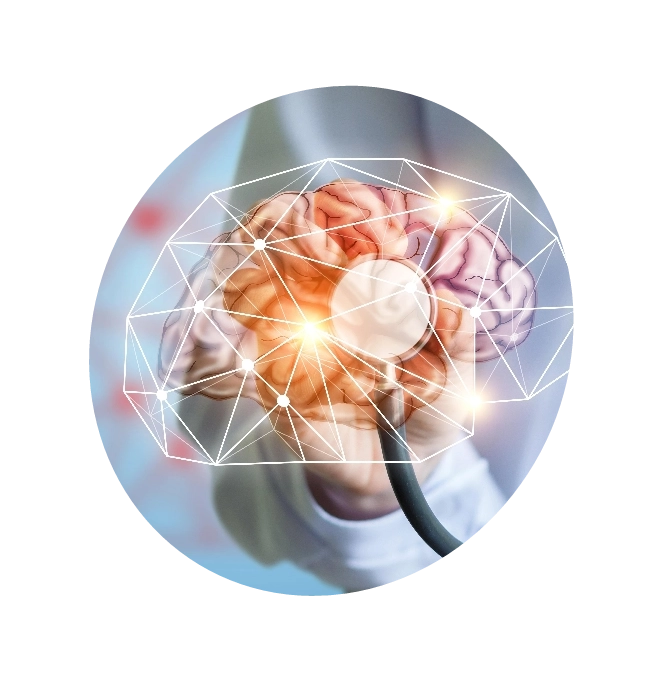About Seizure
Seizures are a disorder that happens when there is an uncoordinated and rapid electrical firing of signals in the brain. This can change the level of consciousness and cause changes in behavior, feeling, or movement.
Seizures are often linked to convulsions and epilepsy. Convulsion is the uncontrollable shaking that is described to be rhythmic and rapid. A convulsion is just a form of seizure. On the other hand, epilepsy is a brain disorder that is identified if a person has experienced two or more seizures.
There are two major classifications of seizures, which are:
- Generalized seizures – This involves all areas of the brain.
- Absence seizures – Also called “petit mal”, this includes blank stares for a few seconds and subtle body movements.
- Tonic-clonic seizures – Also called “grand mal seizures”, this may cause loss of consciousness, falling to the ground, muscle spasms, and crying out.
- Focal seizures – This only involves a specific area of the brain.
- Simple focal seizures – This only affects a small part of the brain and is characterized by a change in sensation and twitching.
- Complex focal seizure – This can cause confusion and disorientation.
- Secondary generalized seizures – This can start on one side of the brain until it eventually spreads to both sides.
Seizure Causes
A seizure occurs when there is a disruption in the creation, sending, and receiving of electrical impulses that allow the nerve cells of the brain to communicate. There are many different reasons and causes for seizures.
Here are some of the identified causes:
- A brain infection, like meningitis
- A brain defect that may be present at birth
- Brain injury or head trauma
- Brain tumor
- Stroke
- Substance use
- Substance withdrawal
- Extreme alcohol intoxication
- High fever
- Electric shock
- Extremely high blood pressure
- Electrolyte imbalances, like hyponatremia or low sodium levels in the blood
- Stroke or any abnormalities of blood vessels in the brain
- Kidney failure
- Liver failure
- Low or high blood glucose levels
- Autoimmune disorders, like systemic lupus erythematosus (SLE) or multiple sclerosis
- Sepsis
- Toxins and poisons, like carbon monoxide poisoning
The cause of seizures, especially for young children, maybe unknown. Hence, it is important to talk to the doctor if there is a family history of seizures.
Symptoms of Seizure
A person suffering from a seizure can experience both generalized and focal seizures. Also, symptoms can last for a few seconds up to several hours.
Seizure has some warning signs. These signs usually indicate that a more severe seizure is about to take place. Below are the warning signs:
- Sensory symptoms, like seeing bright lights, having strange feelings on the skin, hearing unexpected sounds, and having sudden changes in the sense of taste or smell.
- Emotional changes which cause negative emotions like fear and anxiety or positive emotions like joy and excitement.
- Autonomic symptoms like abdominal discomfort, sweating, drooling and having pale or reddish skin.
Further, here are the common symptoms that you are having a seizure:
- Losing consciousness and experiencing confusion right after
- Frothing in the mouth
- Uncontrollable muscle spasm
- Clenching of teeth
- Biting the tongue
- Having a strange taste in the mouth
- Sudden, rapid eye movement
- Grunting
- Losing control of the bowel or bladder
- Sudden mood changes
How to Treat Seizure?
If an underlying condition is causing your seizure, treating the source of the seizure is the best way to treat this disorder. However, for others, the focus of the treatment is to look for the best medical intervention that can prevent or make the seizure stop.
Here are some ways to manage or treat seizures:
- Taking seizure prescriptions – Medications are the first treatment option for seizures. Seizure medications are also called anti-epileptic drugs. They can control seizures by working on the signaling activities of certain brain cells.
- Brain surgery – This is only considered if anti-epilepsy drugs are not working. Some surgical procedures done are:
- Hemispherectomy
- Resective surgery
- Multiple subpial transection
- Corpus callosotomy
- Nerve stimulation – This is done by inserting nerve stimulation devices in the body. Among these less invasive procedures are:
- Vagus nerve stimulation
- Responsive neurostimulation systems
- Dietary changes – Following a ketogenic diet or a diet low in carbohydrates can reduce or stop the occurrence of seizures.

